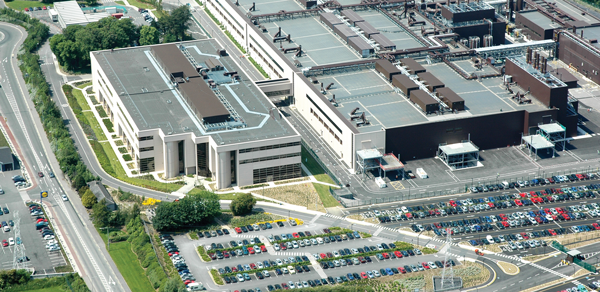Mixed picture in all-island economy
Around one in five companies across the island are seeing sales growth but almost half of firms are struggling, a North/South survey suggests.
Few signs of improvement (or deterioration) were found in the all-island economy during the second quarter of the year, according to the latest InterTradeIreland business monitor survey.
The proportion of businesses reporting an increase in sales remained the same at 22 per cent. Northern Ireland’s firms appear to be performing better in this regard (24 per cent) than those in the Republic (22 per cent). Large firms are more likely to be increasing their sales (35 per cent) than small firms (20 per cent) across the island.
Forty-six per cent of companies reported that they were either contracting, fighting for survival or closing down during Q2, the same level as Q1.
The survey of 1,000 business owners or managers across the island reported that 21 per cent of businesses have not been profitable in the past year, with fewer Northern Irish businesses experiencing this (11 per cent) than those in the South (26 per cent).
Those experiencing growth fell by two percentage points to 13 per cent. The latest survey shows a significant drop in the number of firms that have cut their prices over the last three to six months, down from 34 per cent to 13 per cent. Rising costs and cashflow difficulties are major problems for over a quarter of businesses (27 per cent and 26 per cent respectively).
The proportion of businesses reporting a decrease in sales (34 per cent) is at virtually the same level as Q2 2011 (36 per cent) and had peaked at 41 per cent in the final quarter of last year. Southern Irish firms are experiencing a more difficult time (36 per cent) in this regard than those in Northern Ireland (30 per cent), though the gap has narrowed from 7 to 6 per cent. Small firms, businesses that trade only in their local market and retailers were among the worst affected.
In employment terms, the same proportions of companies (9 per cent) saw increases and decreases in staff numbers. Employment increases were most common among large firms, exporters and cross-border traders. Manufacturing firms performed better (13 per cent) than construction (7 per cent) or retail (6 per cent).
Large firms (17 per cent), those in construction (17 per cent) and business services (16 per cent) were most affected by job lay-offs across the island.
Meanwhile, ministers discussed the euro zone crisis, fiscal challenges and bank re-structuring and lending at the North/South Ministerial Council summit meeting in June. They also talked about opportunities for economic co-operation, including maximising the potential from tourism, a sector identified by the Irish Government as a source of economic revival.
A progress report on the North-West Gateway Initiative, a programme aimed at fostering economic growth in the region, is to be produced for the next summit in December.






